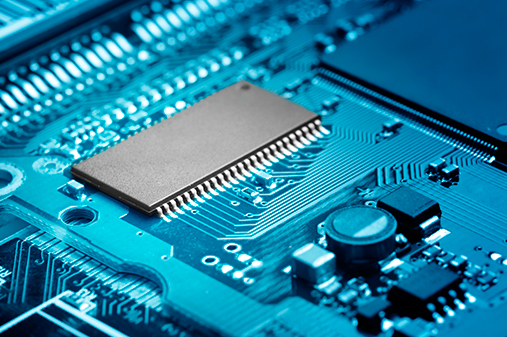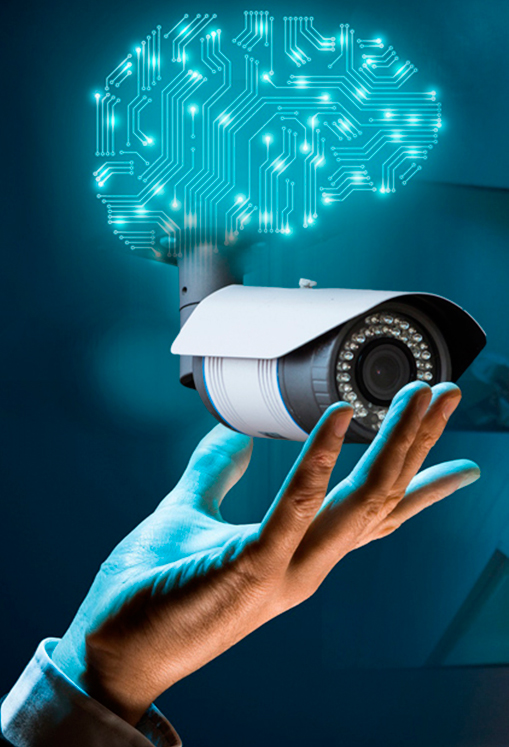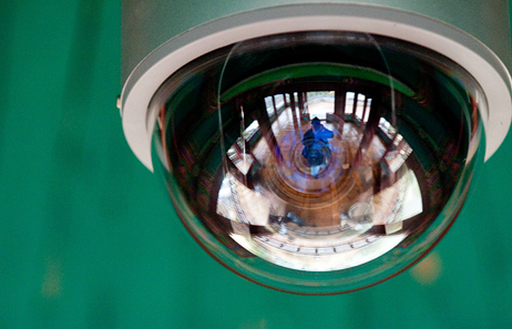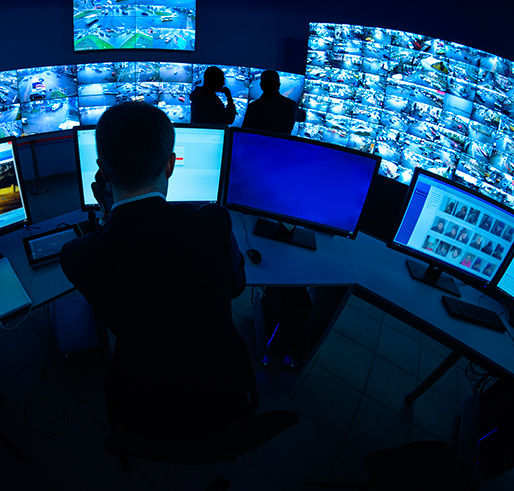Artificial Intelligence for Video Surveillance

Artificial Intelligence (AI) is based on computer vision. Computer vision is a set of algorithms or mathematical procedures that work as a schematic flowchart, whose purpose is to compare a given object with thousands of reference images.
The Artificial Intelligence tries to decipher if the object in question has the height, dimensions, colors, movements or features similar to any of the reference images.
By combining the values of the different questions, a score is obtained for that object, which is used by the AI to determine whether it fits the configured selection criteria.
In addition, AI systems are self-learning through their continuous operation and, in this way, in successive analyses they are able to carry out searches or comparisons much more quickly and accurately.
In recent years, a variant of non-rule-based AI, called “behavioural analysis”, has become more important. This AI is completely self-taught, with no initial programming required from the user. In this type of analysis, AI learns the normal behaviour of people, vehicles, machines and the environment based on its own observation of patterns of various characteristics such as size, speed, colour, etc.
AI normalizes visual data, meaning that it classifies and labels the objects and patterns it observes, constructing continuously refined definitions of what is normal or average behavior for the various objects observed. After several weeks of learning, it is able to recognize when objects are out of the norm. When it observes such anomalies, it is usually programmed to send an alert. For example, it is normal for cars to drive on the street. If a car is on the sidewalk, it represents an anomaly and will generate an alert.
how artificial intelligence is applied in video surveillance
AI for video surveillance focuses on specific software or firmware loaded on devices, which analyzes audio and images from video surveillance cameras to recognize people, vehicles, objects, events and/or behaviors.
There is the possibility of applying AI at the edge(non-the-Edge) or on centralized servers. Each alternative has its advantages or disadvantages depending on the specific characteristics of the scenario in question.
It is very important to have a detailed analysis and knowledge of the scenario, as not all analytics are suitable for all scenarios, however similar they may be. It is also not possible to apply AI analytics in the same scenario in any kind of conditions (lighting, weather conditions, viewing angles, etc.).
Therefore, it is necessary that users can count on the advice of their trusted manufacturer or integrator, to help them choose and parameterize the best analytics according to their needs.

Benefits of Artificial Intelligence for Video Surveillance
AI is also revolutionizing the video surveillance industry. AI-based software tools help decrease the amount of time spent on surveillance, allowing security operators to be more efficient and successful in their work.
AI technology allows operators to focus on what they do best by eliminating the need to continually monitor monitors and automating the “detection” function of surveillance: checking for and acting on critical incidents.

Real-time monitoring
An automatic alert or signal allows emergency services to be proactive rather than reactive and start responding instantly. This changes the traditional use of CCTV for tracking events, situations and incidents once reported and alerted.
Greater precision
AI tools can help operators quickly locate a particular person or vehicle of interest across all cameras in a venue.
Increased efficiency
Historically, video surveillance images in control centers have been monitored by people. Not only are people unable to concentrate for long periods of time, but monitoring multiple cameras at the same time is inefficient, ineffective and labour intensive.
This, coupled with the human inability to discern significant events after a prolonged period of video monitoring, means that there is a need for AI to fill the gap, moving CCTV systems from a passive to an active observer.
Integration with other technological applications
Once we start applying AI in video surveillance systems, it naturally opens the door for other technologies to be used in parallel, making the function even more powerful.


Increased efficiency
– Historically, video surveillance images in control centers have been monitored by people. Not only are people unable to concentrate for long periods of time, but monitoring multiple cameras at the same time is inefficient, ineffective and labour intensive.
– This, coupled with the human inability to discern significant events after a prolonged period of video monitoring, means that there is a need for AI to fill the gap, moving CCTV systems from a passive to an active observer.
Integration with other technological applications
– Once we start applying AI in video surveillance systems, it naturally opens the door for other technologies to be used in parallel, making the function even more powerful.
But anyone who thinks that AI is only useful for early warning of risk events or to increase the productivity of control center operators is mistaken.
AI systems, while alerting, can process the data associated with the object that caused the alarm by feeding databases in which they are stored for further processing. Thanks to Big Data tools, the system is provided with Business Intelligence so that other areas or departments of the organization can take advantage of this data in their day-to-day tasks.

